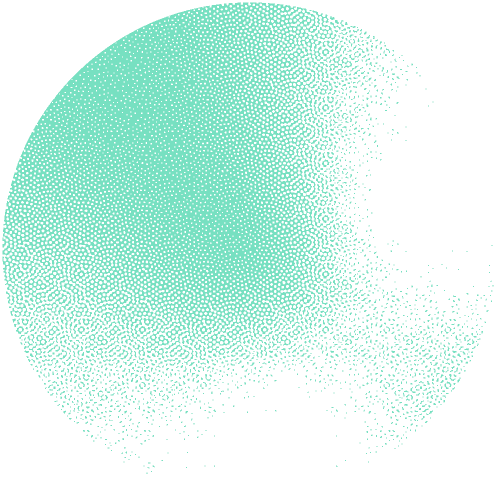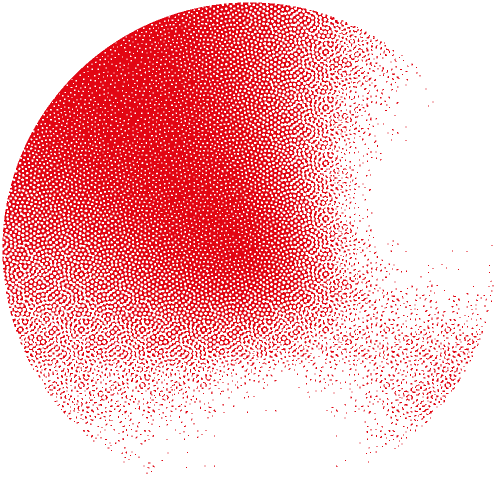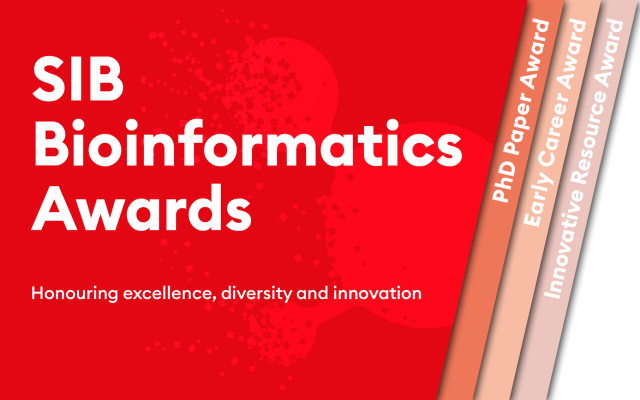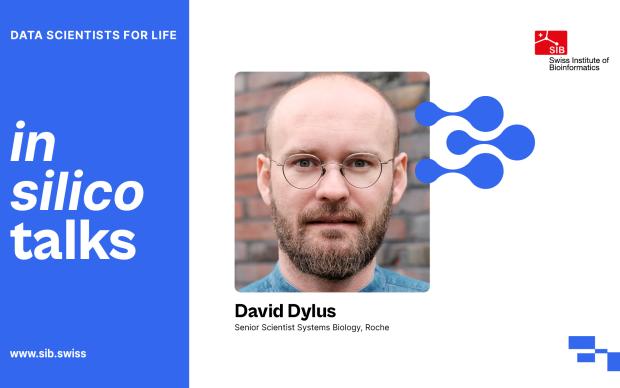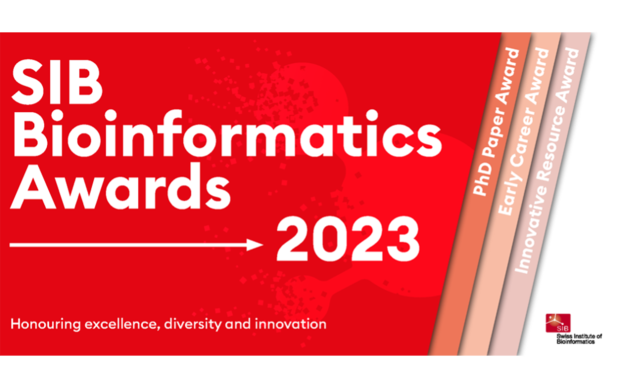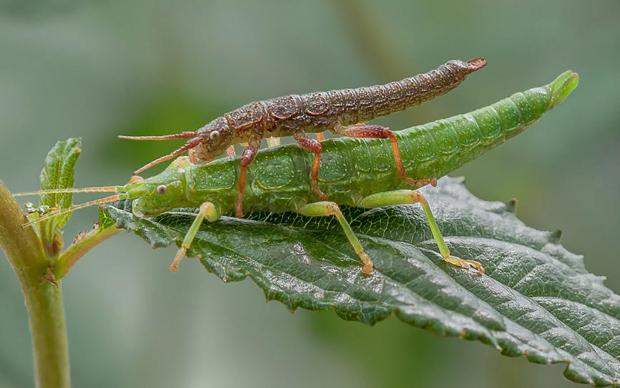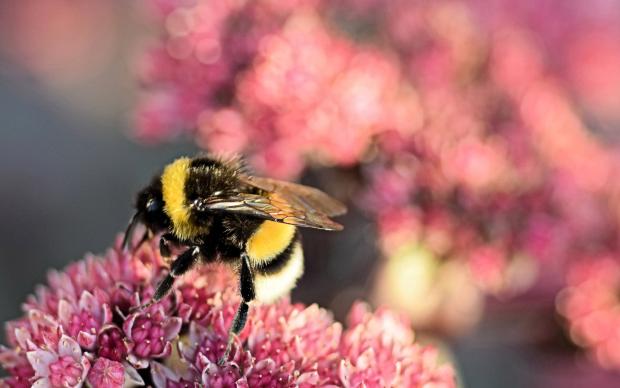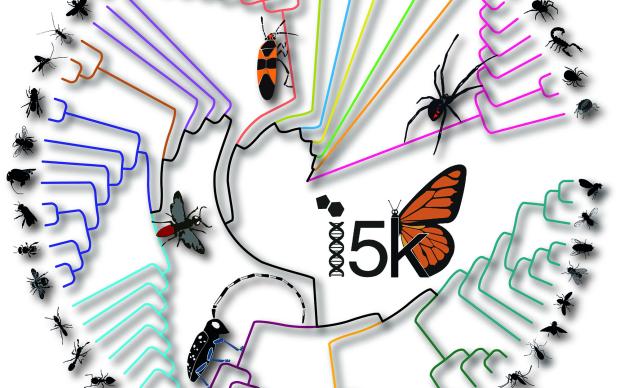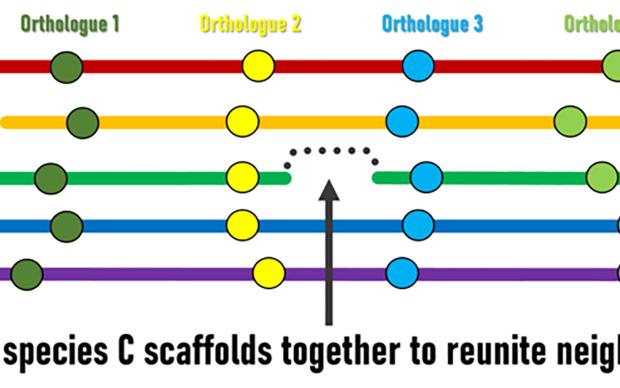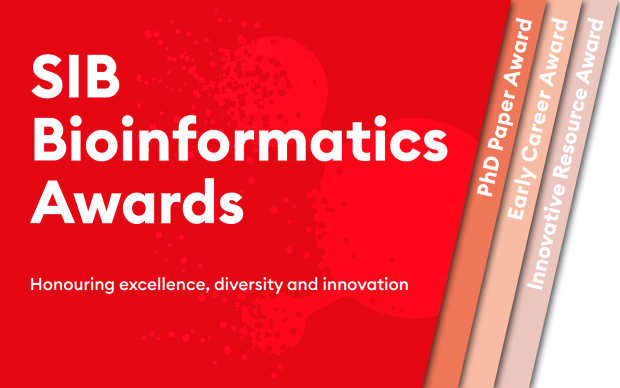Anamaria Necsulea – Laureate of the 2013 SIB Early Career Bioinformatician Award
Anamaria received the award for her research on “The evolution of vertebrate tissue transcriptomes” (Brawand, Soumillon, Necsulea et al., 2011 and Necsulea et al., 2014), which she conducted as part of her postdoctoral work at the University of Lausanne in the team of former SIB Group Leader Henrik Kaessmann (now at the Center for Molecular Biology at the University of Heidelberg).
Today, Anamaria has a tenure research position at the Centre National de la Recherche Scientifique (CNRS) in Lyon, France, where she continues her research in the area of evolutionary genomics.
About the SIB Bioinformatics Awards and our interview series “Meet the past SIB Awards Laureates”
Started in 2008 as an initiative to distinguish young bioinformaticians in Switzerland, the SIB Bioinformatics Awards have gone a long way since: from a single national award to three different prizes today, honouring 1) international early career bioinformaticians (SIB Early Career Bioinformatician Award), 2) excellency within the Swiss PhD community (SIB Best Swiss Bioinformatics Graduate Paper Award) and 3) innovative bioinformatics resources (SIB Bioinformatics Resource Innovation Award). Throughout the years, 21 awards have been presented, with nine laureates recognized for their outstanding early career, ten Graduate students for their excellent publication and two bioinformatics resources for their innovative aspect.
In 2019, the SIB Bioinformatics Awards will be presented for the 10th time, providing a great occasion to reach out to past laureates and ask them where they are now in their career: this interview is part of a series inviting you to meet past SIB Bioinformatics Awards laureates.
At which point of your career were you when you received the SIB Award? How did it feel? What was the key interest of your research at this time point?
I received the award shortly after finishing my postdoc with Henrik Kaessmann. It was an amazing feeling to receive this mark of recognition from SIB. My research at the time was focused on the evolution of transcriptomes in vertebrates. I had participated in the first large-scale comparative analyses of protein-coding gene expression patterns and long non-coding RNA repertoires in amniotes (Brawand, Soumillon, Necsulea et al., 2011 and Necsulea et al., 2014). Both these studies required detailed analyses of vast amounts of transcriptome sequencing data and were thus very challenging from the point of view of bioinformatics.
What are your current research interests?
I am (still) broadly interested in evolutionary genomics. I am currently focusing on the evolution of gene expression regulatory landscapes and its link with the evolution of phenotypes in vertebrates.
In your personal opinion, what is the single most fascinating discovery made possible by bioinformatics?
This is a difficult question with many possible answers. Nowadays, most research questions in biology are addressed by generating and analysing vast quantities of data, through bioinformatics and biostatistics approaches. Coming from the area of evolutionary genomics, I have to mention the early discovery of ultra-conserved non-coding genomic elements, which are DNA sequences that are almost identical between highly divergent species such as human, mouse and chicken, despite hundreds of millions of years of evolution. These elements were revealed through evolutionary comparisons of genomic sequences, first for a few genes (Duret et al., 1993), and then genome-wide (Bejerano et al., 2004). Their extraordinary levels of evolutionary conservation are intriguing, as they suggest that mutations that perturb these sequences are strongly deleterious and are rapidly eliminated by purifying selection. Molecular biologists are still trying to elucidate the functions of these ultra-conserved sequences, many years after they were first identified with bioinformatics approaches.
What do you like to do in your free time?
I took up biking as a postdoc in Switzerland, and I still enjoy taking a trip on mountain roads whenever I have free time.
Any words for the future generation of bioinformaticians?
In my opinion, there are two key points that today's bioinformaticians need to focus on. The first one is reproducibility: when publishing any kind of analyses, it is of paramount importance to provide enough information so that other researchers can reproduce the results. This is unfortunately still not the case for many publications. The second (but not least important) point is the energy required by bioinformatics analyses. The quantities of data that are generated by current molecular biology approaches are still increasing exponentially, and we should not overlook the fact that analysing these data requires substantial computing resources and computing time, and thus large amounts of energy. Thus, our research can have a strong negative impact on the environment. To limit this effect, we should all do our best to write highly efficient software for biological data analysis. So, two lines of advice: optimize your code and make it reproducible!
